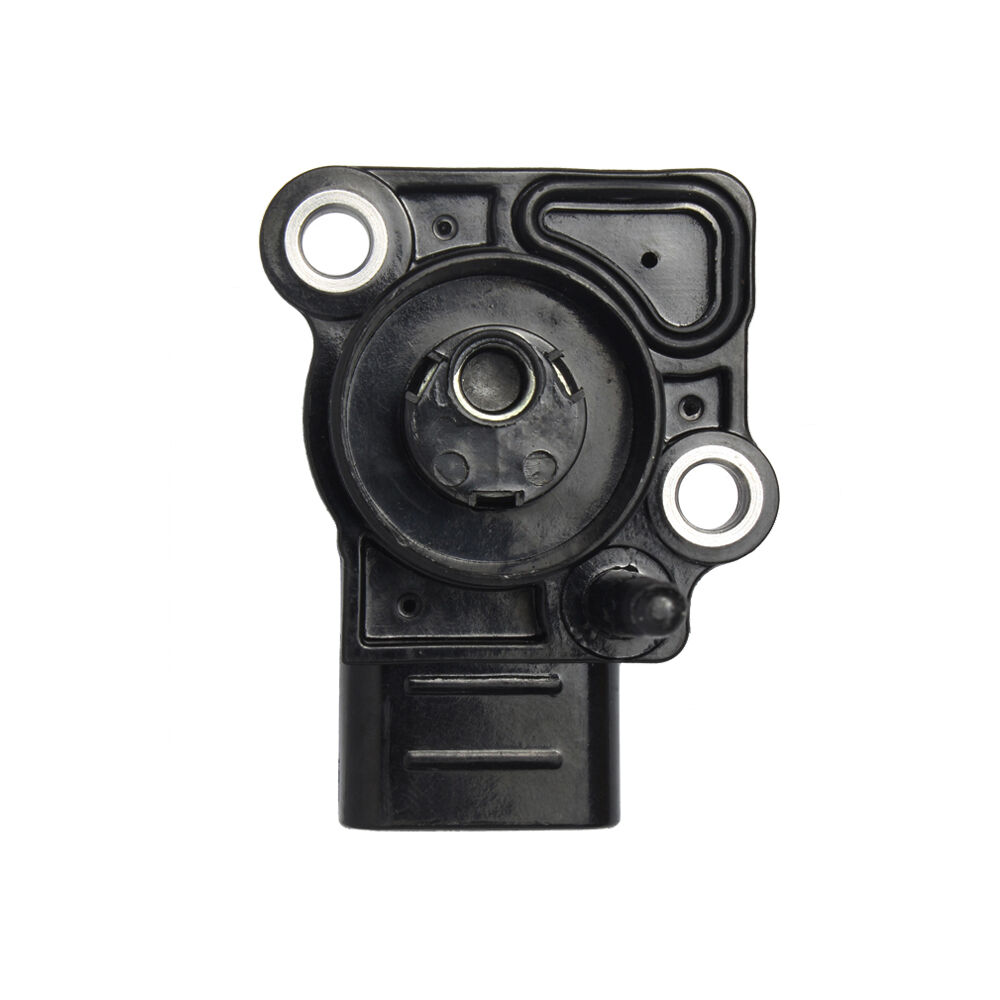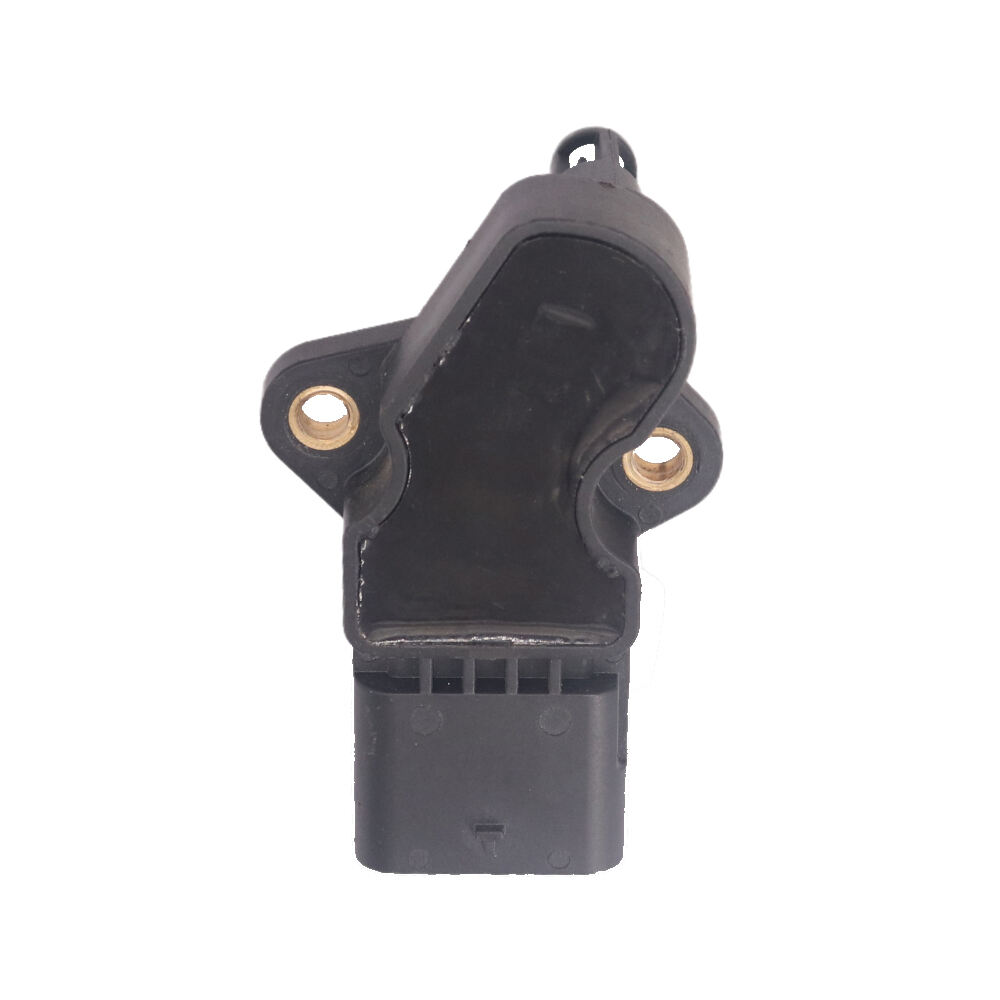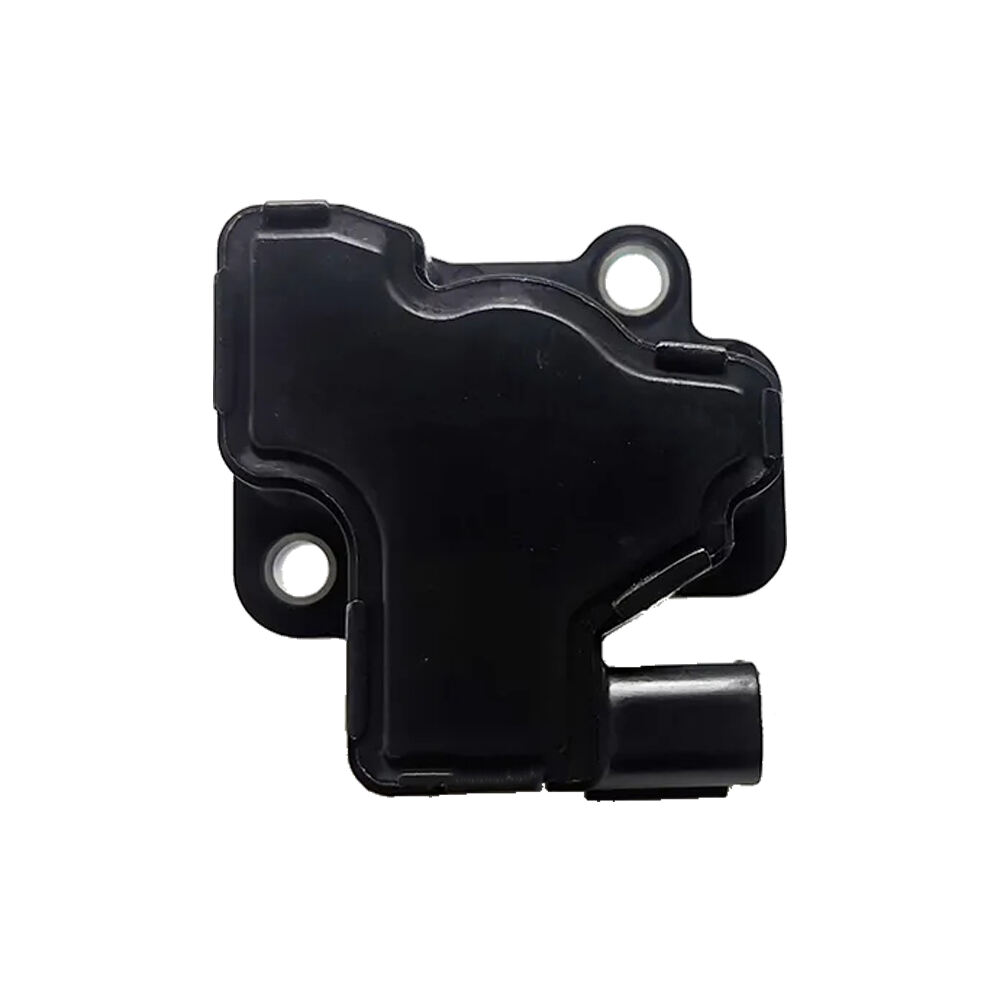types of throttle position sensor
Throttle position sensors (TPS) come in several types, each designed to accurately monitor and control throttle valve position in modern vehicles. The main types include potentiometer-based sensors, Hall effect sensors, and magnetic sensors. Potentiometer-based TPS utilizes a variable resistor that changes resistance based on throttle position, providing analog voltage output to the engine control unit (ECU). Hall effect sensors employ magnetic field detection to determine throttle position, offering superior durability and precise digital output signals. Magnetic sensors use magnetoresistive elements to detect position changes, providing exceptional accuracy and reliability in harsh environments. These sensors play crucial roles in engine management, fuel efficiency, and overall vehicle performance. They continuously monitor throttle valve position, helping the ECU optimize fuel injection timing and air-fuel mixture ratios. Modern TPS systems often incorporate redundant sensing elements for fail-safe operation and enhanced reliability. The technology has evolved to include non-contact designs that eliminate mechanical wear and extend sensor life. These advanced sensors also feature integrated diagnostic capabilities for quick troubleshooting and maintenance.


